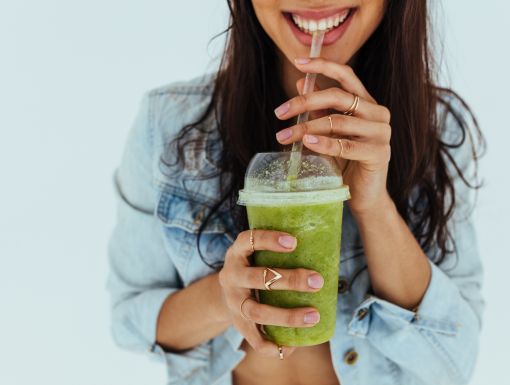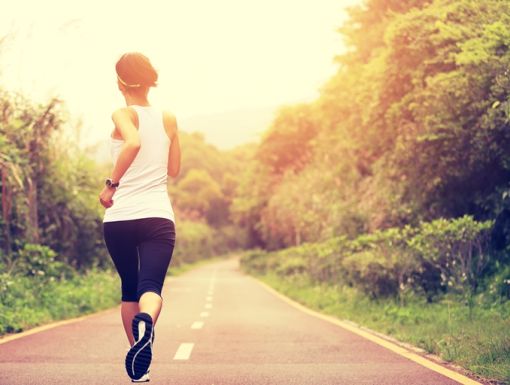
Fueling Up for a 10K: What to Eat and Drink
If you are training for the Crescent City Classic or another 10K, it’s important to include a plan for your stomach to wrap up your training.
If visions of pre-race pasta bowls and bread baskets are dancing in your head, we're sorry to burst your carb-filled bubble. There's no need to carbohydrate load in the week leading up to the race, since our bodies have more than enough stored carbs to make it through 6.2 miles.
This is not to say that diet doesn't matter. Far from it.
The Weeks Leading Up to the Race
As you taper down your mileage a bit before race day, this gives your body the rest time necessary to build up carbohydrate stores in your muscles. To help maximize this storage, aim to incorporate a source of carbohydrate with each meal and snack throughout the day.
It doesn't take much: a slice or two of bread, a small serving of pasta, rice or potatoes. Fresh fruit, yogurt and milk are also excellent carbohydrate sources.
Ready to take your training a step further?Join the Ochsner Fitness Center today.
Dinner Before the Race
You'll want to include carbohydrates with dinner the night before the 10K. But again, moderate portions will do – there's no need to "load up" on carb-rich foods.
At this pre-race dinner, you may also want to steer clear of high-fiber foods that may cause gastrointestinal upset during your run. While whole-wheat pasta, beans and broccoli are fantastic for everyday nutrition, you may find it best to nix them the night before the race.
Breakfast Before the 10K
A well-planned breakfast on race day is essential. It will help to optimize your energy levels and your race performance, and can even impact how you'll feel after the race.
You may not be accustomed to eating before morning workouts, but you'll likely be waking up earlier on race day to get to the starting line on time. And trust me, it's no fun going 6.2 miles with your stomach growling, catching whiffs of mouth-watering aromas of breakfasts being cooked along the race route.
The ideal pre-race breakfast contains energy-boosting carbohydrates, as well as a little protein to help ward off hunger pangs. Keep fat content moderate to avoid intestinal discomfort during the race.
Examples of pre-race fuel sources include cheese toast, peanut butter or almond butter toast (or a peanut butter sandwich), half or whole bagel topped with avocado, fresh fruit with Greek yogurt or a nutrition bar such as a KIND protein bar.
Have breakfast an hour or two before the start of the race to allow time for proper digestion. For just a small snack, 30 minutes pre-race should be fine.
Hydration is Key
While 10Ks are short enough that most people don't need to eat during the race, staying hydrated is still critical.
Even low-level dehydration can cause muscle cramping and fatigue. More severe dehydration can leave you feeling nauseous and/or dizzy and can lead to heat exhaustion or heat stroke.
Start hydrating early on with at least two cups of fluid (water, sports drink, milk, juice) in the two hours leading up to the start of the race.
Take advantage of the water stations throughout the race. If it's particularly humid, or if you sweat a lot, alternate between water and a sports drink at each station to replenish electrolytes lost through sweat.
After the Race
Beer can be ever-so-enticing at the post-race party, but be sure to re-hydrate first with at least 16 to 24 ounces of water, juice and/or sports drinks.
Take the time to replenish your muscles' carbohydrate stores with fresh fruit and a bit of jambalaya, then sit back and enjoy the party.
As a general rule, it's not a good idea to try anything new on the day of the 10K. Your best bet: Use the final week’s training sessions to experiment with any new foods or drinks to ensure you don't have any surprises on race day.
Editor's note: This blog was originally published on March 27, 2019 and has since been updated.



